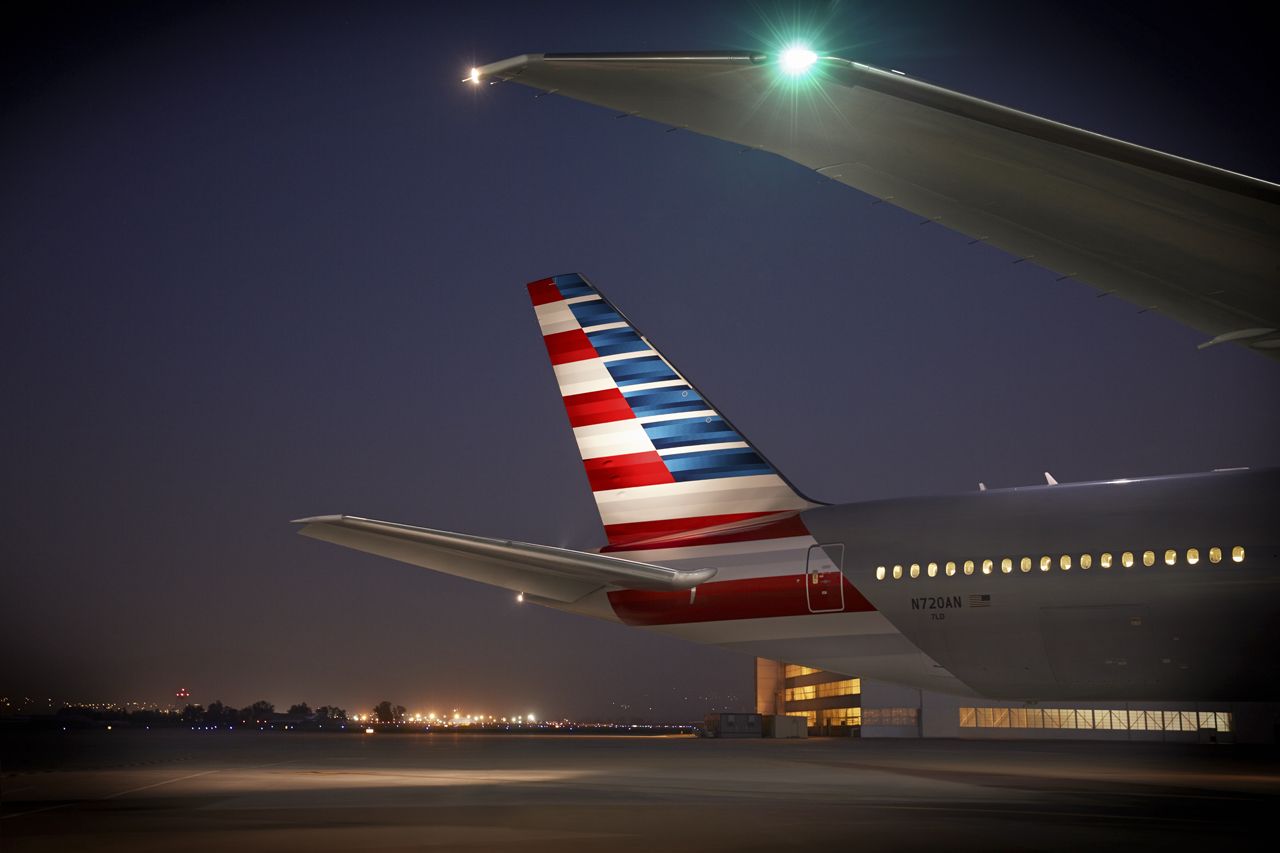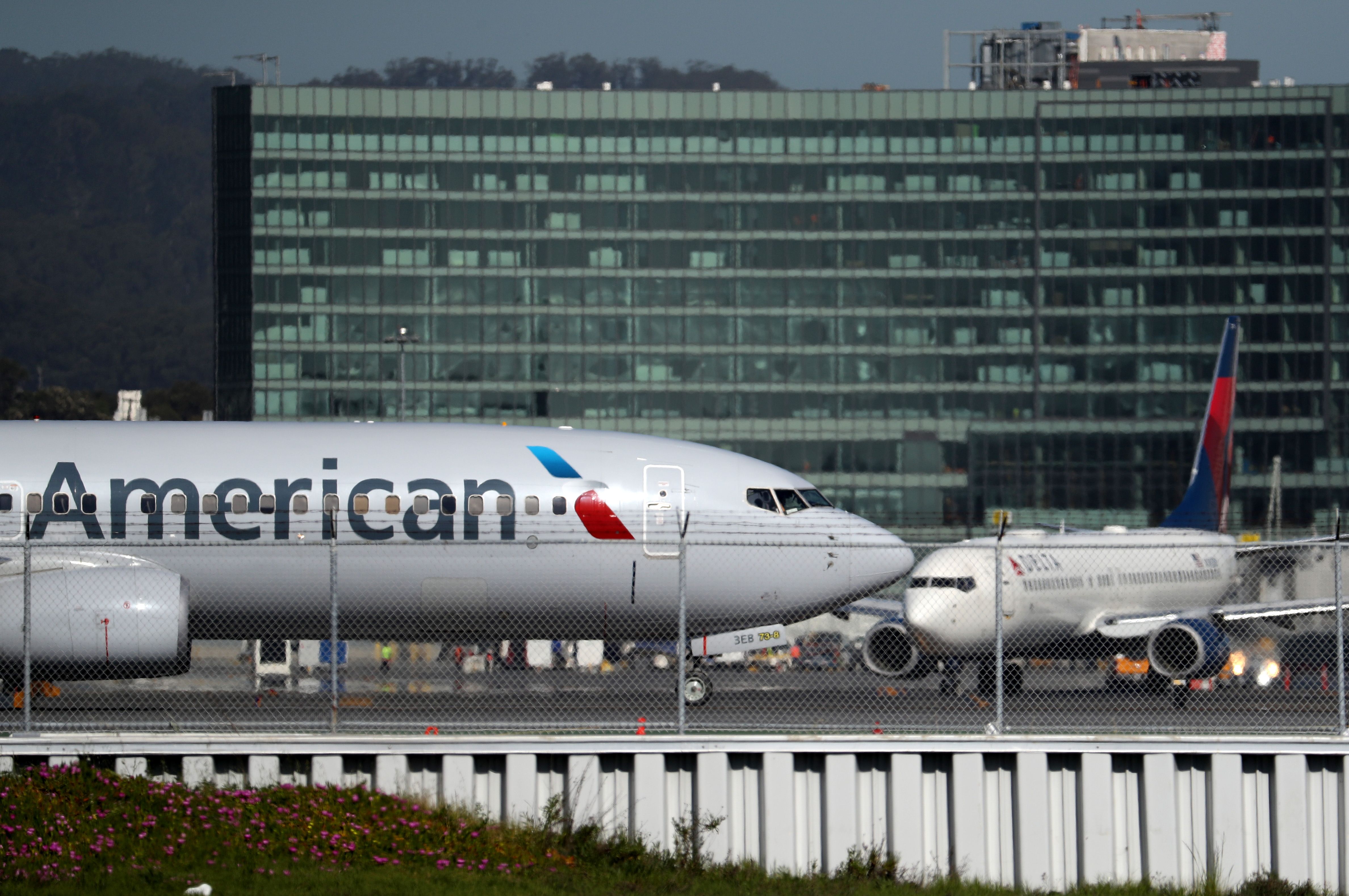To decarbonize (or, well, go net-zero, which isn't technically the same thing) aviation by 2050 is a tall ask. As with any huge task that may seem almost insurmountable at first, it helps to split it up into smaller sections. As such, it makes sense that airlines, following their net-zero pledges, are beginning to come up with interim targets for emission reduction.
American Airlines has employed the Science-Based Targets initiative (SBTi) to ensure that the carrier's interim 2035 target is in keeping with the Paris Agreement. Other carriers, such as the Air France-KLM Group, have also enlisted the coalition to validate its emissions reduction trajectory - however, it would seem that American is the first airline to receive the stamp of approval.
American Airlines' interim target is to reduce carbon intensity, which means greenhouse gas emissions per unit of passenger and cargo payload, by 45% by 2035, compared to a 2019 baseline. The SBTi has been assessing the airline's submitted plans and data since July last year and has now confirmed that its near-term strategy is indeed aligned with keeping global warming 'well below' 2°C.
Continuous focus and concerted effort from the entire airline
American Airlines has committed to reducing not only direct emissions from fuel that the carrier's aircraft burns but also the emissions stemming from the production of the fuel. Furthermore, it says it will reduce 40% of so-called Scope 2 emissions from the production of the electricity the airline purchase - also by 2035 and compared to a 2019 baseline.
The airline industry is always full of new developments! What aviation news will you check out next?
While the SBTi may be confident that American's intended trajectory is in line with climate science best practices, the airline is under no illusion that it will be an entirely straightforward path. In a statement issued on Tuesday, the carrier said,
"Reaching the 2035 goal will require continuous focus and concerted effort on the part of the entire airline to execute on its sustainability strategy. Success will rely on a host of solutions — some that the airline controls, like fleet renewal and operational efficiency, and some it does not, like the availability of sustainable aviation fuel (SAF) and the development of next-generation aircraft."
Meanwhile, American also acknowledges the crucial part that accountability has to play and will track the progress towards 2035 and 2050 in its annual ESG (Environmental, Social, and Governance) report.
Many more to follow?
While American may be the first airline to receive approval from the SBTi, it will (hopefully) not be the last, as another 15 airlines worldwide have also applied to have their emission reduction schemes validated. Companies can aim for 1.5°C, 'well below' 2°C, or 2°C.
American's competitors, Delta Air Lines and United Airlines, are among them, as is the entire International Airlines Group (IAG) and, as previously mentioned, Air France-KLM. Overall, just over 2,800 companies (including the likes of Apple, Nike, Tesla, and Ben&Jerrys) have signed up for the science-based scrutiny, with 1309 thus far making the cut.

-1.jpg)

